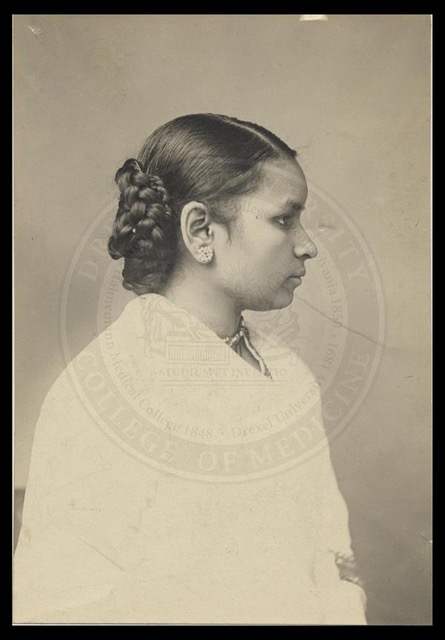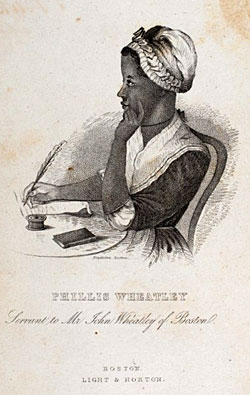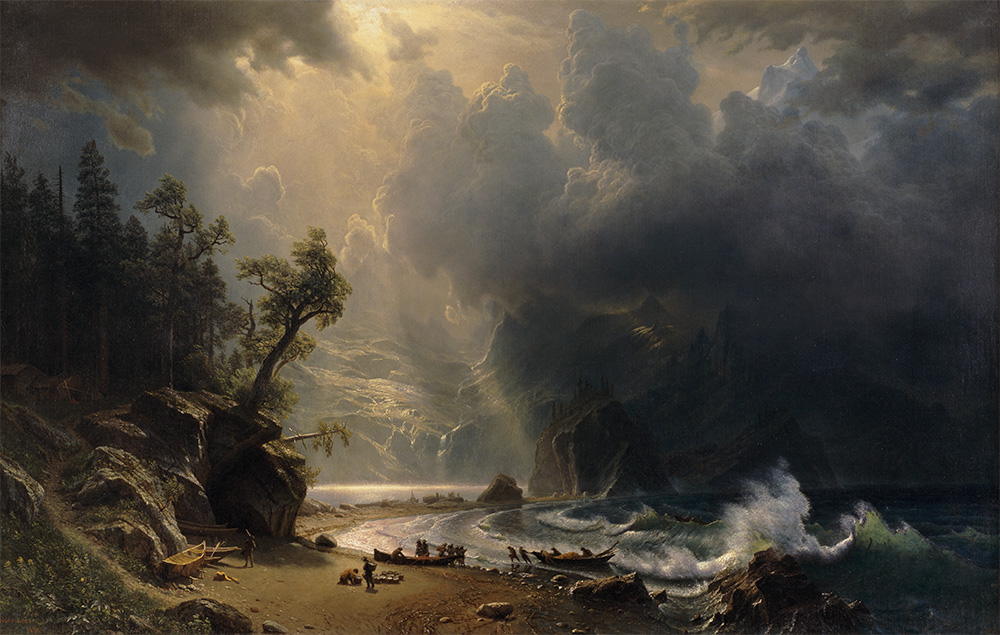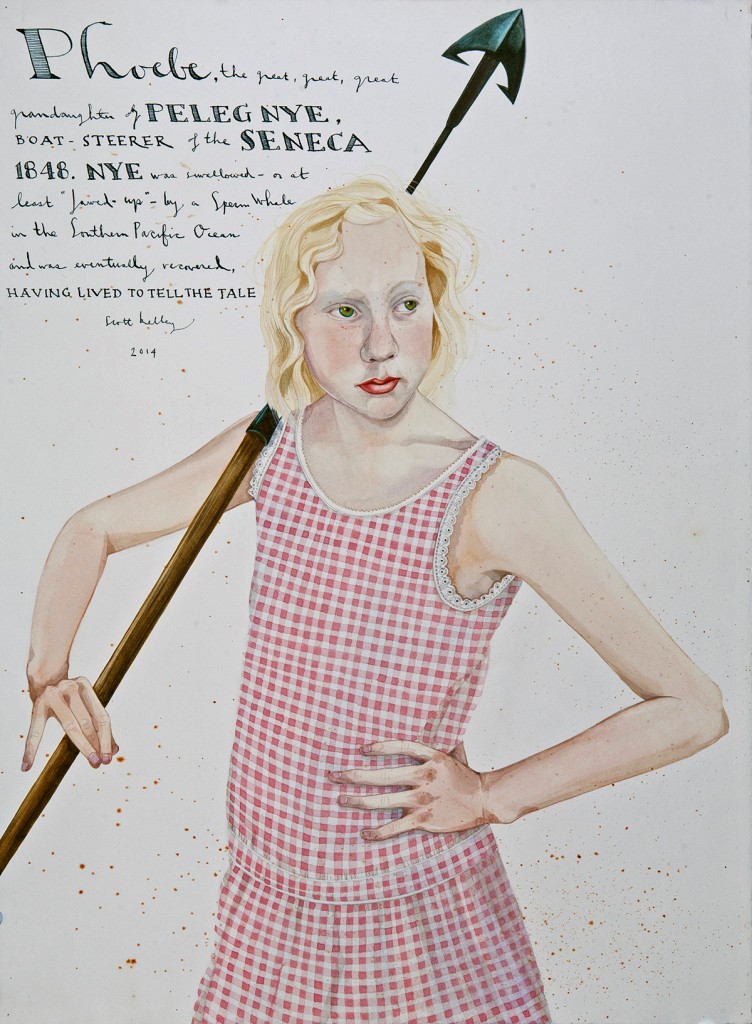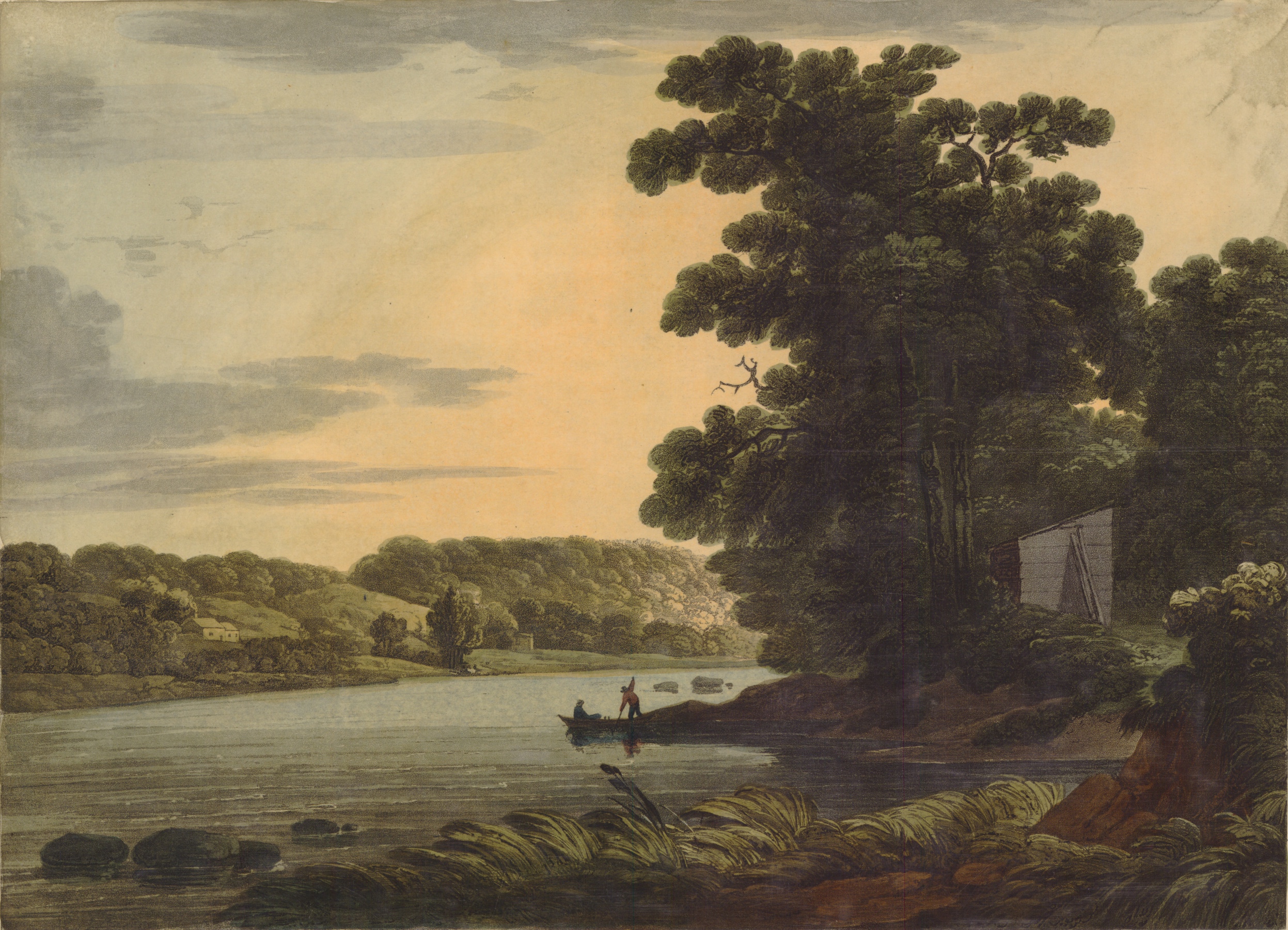Ghosted Mirrorof the double layer they used to place the reflective material of the splintered and drifted in which something shifts are like water colorless and clear if you look at a mirror at the mirror and adjusted your hair the door reflected there Ghost StoriesEdith Wharton standing at the open window said a woman is a mansion and half the rooms times you don’t recognize that the soul squanders or is squandered by curtains in the library would burn all morning all her own, like James’, are relentlessly ambiguous that swerves as a child she lay dying as a woman full of trees it is always love The Ghost DanceEmile Berliner, one of the first developers of the gramophone, recorded numerous Arapaho, Commanche, and Caddo ghost dances, as well as a Paiute gambling song, and published them in July, 1894. When from the door I saw him coming The Ghost Dance dates to 1888, when, based on a vision he had during a solar eclipse, the Paiute mystic Wovoka claimed the earth would soon end, and therefore inherited, especially through dancing, in which one dies for a minute Then saw I the many plainly Wovoka’s vision of non-violent resistance was shared by Tolstoy: To you can no damage be, who turns again And saw that they, in numbers entering The ghost dances were recorded by the ethnologist James Mooney, who may in some cases also have played them. Tolstoy published The Kingdom of God is Within You in 1894, in which the other cheek in which one sees the Ghost Dance movement largely died out after Wounded Knee (December 29, 1890) in which some had believed the Ghost Dance shirt is impervious to bullets a rag flies around the sun at specific intervals Thomas Edison filmed a Sioux ghost dance on September 24, 1894—or more precisely, he filmed a dance that featured true ghost dance costumes, but the documentation carefully states that it is not an authentic ghost dance bending as the light will not It is 1894, and the gramophone is being sold in a shop in Baltimore. In fact, by fall, they will have sold over 1000 playing machines and some 25,000 records ashless the voices; we have come no closer that blank that stills and faces fast in which they turn and slowly halt and latch you in the glance. The dance, brief and the ghost lived within whatever we were CrowdsThe man simply walked through her she said she saw him coming and felt over traffic, a woman sensed his fingers “inside my chest” a caress of which and then was scared. And silently trailing through me Will you ever be
Statement of Poetic Research
Research has been at the core of my poetic work for the past 15 years—largely because it gives me the chance to pursue questions of language while I pursue a subject in the world at large that interests me. As far as questions of language go, one that’s always in my mind is how poetic language differs from all other uses of language—what can poetic language do that other language can’t? And what can poetic language do for a research project? For one, it has qualities, such as greater ambiguity, more flexible syntax, and a focus on image, that can evoke things that cannot be said, and so can point to aspects of a subject that can’t be stated. I thought about these aspects of language very much in this current project on ghosts because ghosts are themselves so ambiguous, so difficult to talk about. Even for people who’ve seen them, they resist description, and certainly resist explanation. So I wondered whether poetic language could address aspects of ghosts and ghostliness that more direct language could not. I wanted to explore ghosts first from a sense of their communal basis, the sense of their being a sort of communal hallucination, even though they’re almost always experienced individually—and what does the individual experience of a communal creation say about isolation? What do ghosts in general say about isolation and about our inability to share some of the deepest of our problematic emotions, such as grief and guilt? In doing the research, I used two sources: interviews with people I ran across in my everyday life, and ghost stories that I found in books. I was curious to see what the differences in these two different narrative structures would be—the first is the narrative of experience, while the second is the narrative of invention, and the ghosts we invent through literature can be and are sculpted to serve certain social functions. I found that the ghost stories I encountered in books routinely had a shape curving from a beginning through rising tension to a resolution, be it good or bad, and that the ghosts that drive them have a moral role and purpose. On the other hand, the ghosts actually experienced by the people I talked to had no message, no moral point, and no role in anything but their own movements and gestures, and their sightings were simply that: fleeting glimpses without narrative arc or dramatic development. Ghosts actually encountered seemed to be ends in themselves, and this very refusal to mean anything beyond themselves perhaps incites the people who see them to create the meanings that the ghosts themselves can’t provide. This has an echo, above all, in language, those series of articulations uttered out of immediate experience that, over millennia, have been made to mean more than themselves.
|




